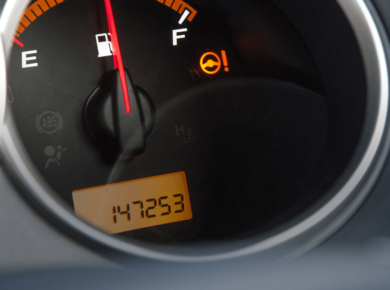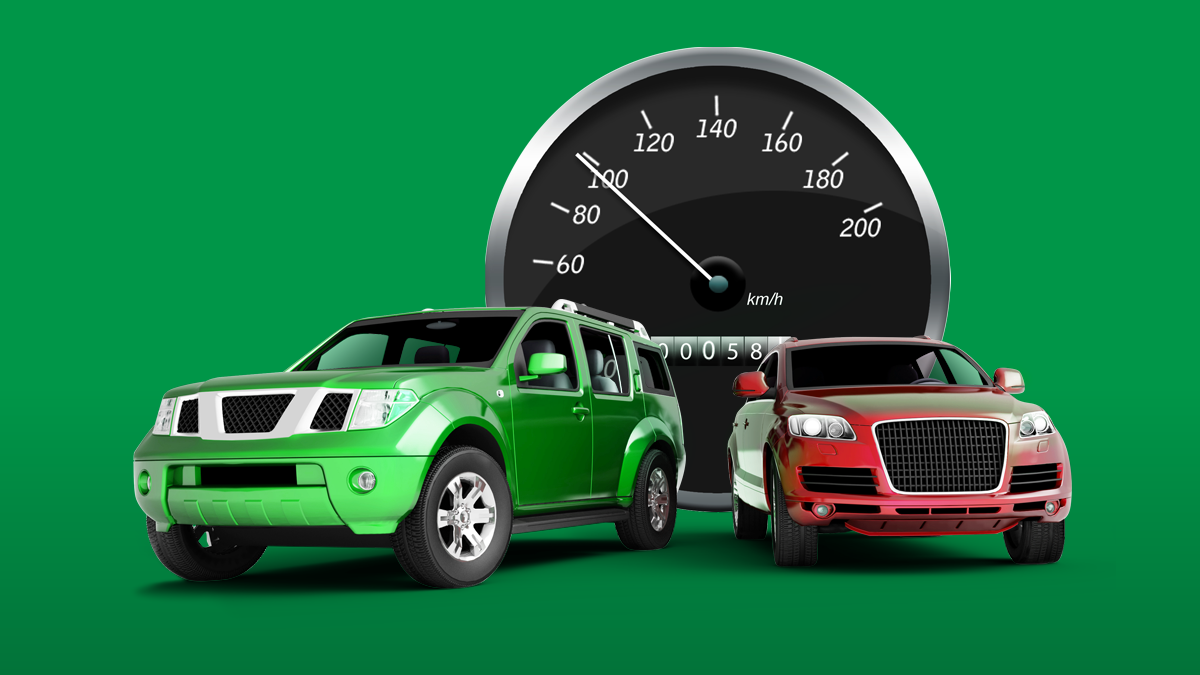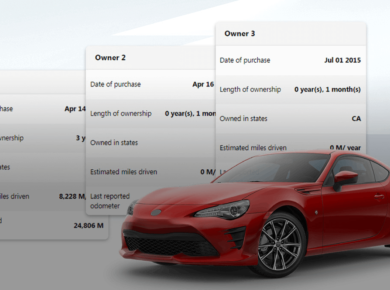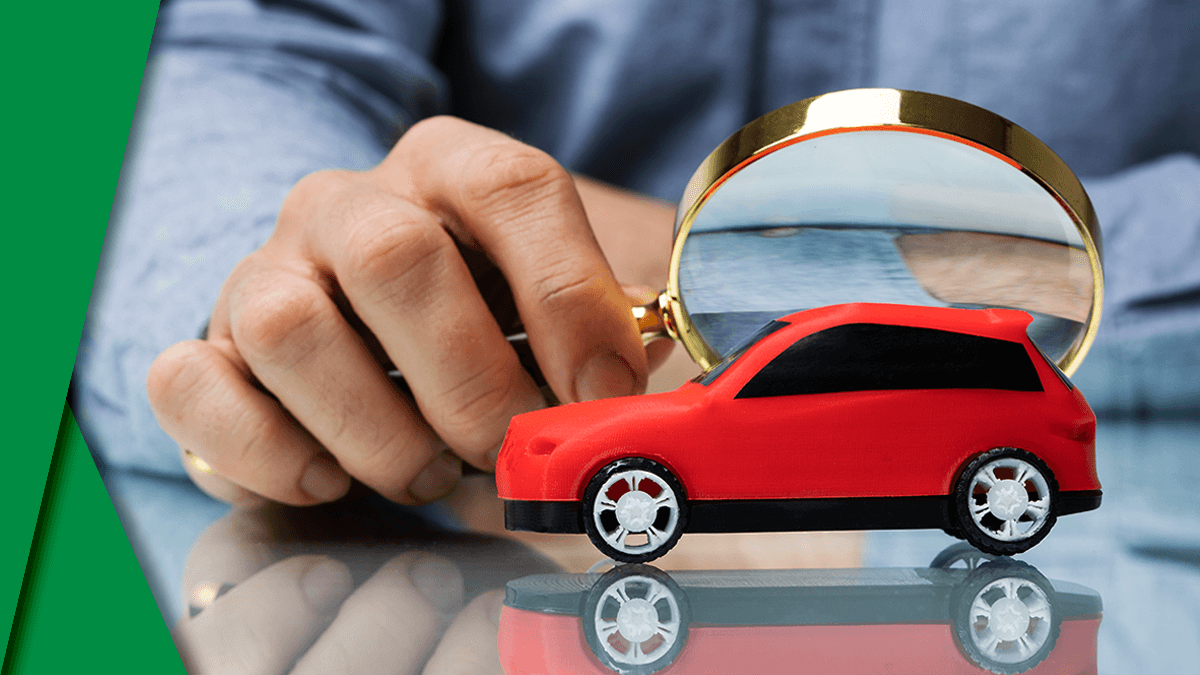Most buyers notice the paint first. A glossy respray or unusual shade can make a car stand out, but in the used market, appearances often tell only part of the story. When a vehicle’s color doesn’t match what the factory window sticker or VIN plate lists, it’s rarely a coincidence. More often, that mismatch points to something serious: VIN tampering. It’s a violation of federal law, and it can trap buyers in financial and legal problems they never expected.
The challenge is that tampering isn’t always obvious. Some cars wear the signs on their sleeve: scratched plates, bent rivets, numbers that don’t line up. Others require a sharper eye, and often a window sticker by VIN or vehicle history report to reveal the truth.
What VIN Tampering Actually Involves
Every motor vehicle carries a unique number called a VIN, or Vehicle Identification Number. More than a string of digits, it’s the anchor to the car’s model year, assembly plant, and full paper trail, from recalls to ownership transfers.
Tampering means altering or removing that identifier to obscure the true identity of a vehicle. What is a VIN swap? It’s the process of taking a VIN plate from one car and fitting it to another, often to disguise stolen cars or hide flood or accident damage. VIN swapping, in short, is a way of wiping the slate clean on a car’s history.
There are edge cases: a classic car VIN plate replacement may be approved during a legitimate restoration. But when someone tries to swap VIN numbers, replace a VIN plate without authorization, or sell a car with a fake VIN number, they’re breaking the law.
A Success Story That Shows the Risks
We want to share a story from one of our customers about VIN tampering that shows how common this scam really is.
A buyer thought he’d found a great deal on a truck. The photos looked solid, the price seemed fair, and the listing didn’t raise any red flags. Luckily, he decided to run a vehicle history report before buying and noticed that previous sale records showed a car in a different color.
The documents listed Silver Sky Metallic as the paint color, and the VIN plate on the driver’s door carried the Toyota code 1D6, confirming it. But the truck in front of him was painted red. That kind of mismatch often points to a missing or altered VIN — sometimes even VIN swapping.

Instead of taking the risk, he reached out to ClearVin team. We pulled a Window Sticker and confirmed that the original color was gray. Of course, cars can be repainted or VINs updated legally, but the title records showed no such changes — a clear sign of VIN tampering. That quick decision saved him from the financial and legal mess of buying a truck with a tampered VIN. Read more about VIN change alert in our article.
Subtle but Telling Signs of VIN Tampering
Spotting tampering goes beyond glancing at paperwork. These are the patterns that tend to give it away:
- Suspicious VIN plates – Scratches, uneven fonts, or unusual rivets suggest tampering.
- Paint that doesn’t match records – A repaint isn’t illegal, but when it contradicts the vehicle’s history, it’s worth asking why.
- Strange hardware – Manufacturers use specific fasteners. If the rivets or screws don’t match, it may point to an altered VIN.
- Auction warnings – Some cars show up in listings flagged for VIN issues, such as missing altered VIN Copart entries.
- Paperwork gaps – A vehicle history report showing a different trim, model year, or serial number than the car itself is a clear red flag.
Legal Consequences That Buyers Often Miss
Many buyers ask: can you change a VIN number on a car? Or is it illegal to cover your VIN? The law is clear. Altering, removing, or obscuring a VIN number is a crime under federal law.
The charge for tampering with a VIN number can lead to fines, confiscation of the vehicle, and jail time. The penalty for VIN tampering can reach five years in prison at the federal level. State laws add their own punishments, sometimes up to a year in county jail. And crucially, even if you purchased a vehicle without knowing, authorities can still seize it. Bought a vehicle VIN tampering? Unfortunately, you still lose the car.
Why Criminals Keep Trying VIN Swaps
The motive is simple: profit. By trying to swap VIN numbers, criminals disguise stolen vehicles, push flood-damaged cars back into circulation, or obscure identity entirely. Some go as far as grinding out a stamped serial number, fabricating a new metal plate, or routing the vehicle through a motor vehicle scrap processor to make it harder to trace.
Protecting Yourself Before You Buy
You don’t have to be an expert mechanic to spot the danger signs. Here’s what helps:
- Check the VIN plate carefully – Misaligned digits or scratches often give tampering away.
- Compare VINs across locations – Dash, door frame, chassis. If they don’t match, walk away.
- Review a history report – ClearVin report shows what consistent records should look like.
- Cross-check paint codes – Window stickers show the factory color. If it doesn’t match, treat it as a warning.
- Trust your instincts – Cars with altered VIN numbers almost always come with bigger issues.
If You Suspect Tampering
If you notice something is off:
- Step back from the deal. Don’t convince yourself it’s nothing.
- Report it. Altering or removing a VIN plate is against federal law.
- Remember, it’s illegal to cover your VIN or obscure a chassis number in any way.
- Verify every purchase with a ClearVin VIN Check Report and confirm the vehicle’s original color using a Window Sticker or the manufacturer’s website.
Final Thoughts
VIN tampering isn’t a technicality; it’s a calculated attempt to obscure the identity of a vehicle. Whether it’s a fabricated plate, an altered VIN number, or a full attempt at how to do a VIN swap, the risks are serious; not just financially, but legally.
The good news is that buyers have tools to fight back. By comparing the original factory details with ClearVin’s reports and stickers, you can spot mismatches and avoid traps. So the next time you admire a fresh coat of paint, pause and ask yourself: does it match the story the paperwork tells? That small step could save you far more than money. Get your own checklist for buying a used car in our article “5 Red Flags to Look for When Buying a Used Car“.









